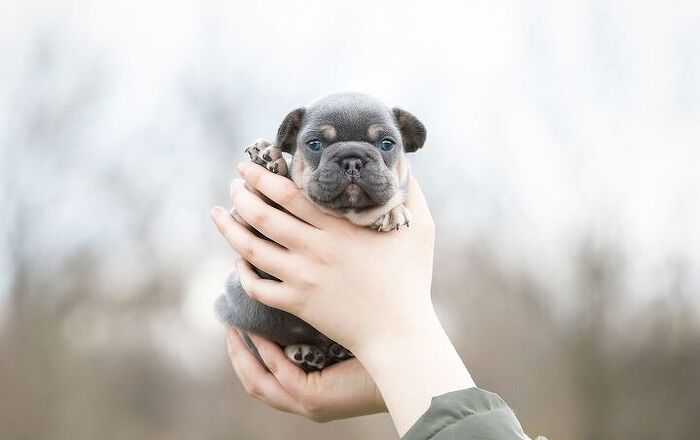
Burmilla Breed History
The Burmilla breed was accidentally created when a female Burmese and a male Chinchilla Persian mated. The story goes that an English baroness had Burmese cats as pets, but when one of them escaped, the cat mated with the Chinchilla Persian next door.
Their kittens were so beautiful that people immediately wanted more, so the breed was formed from repeat matings. As a result of the cross between the two breeds, the kittens are friendly and inquisitive like Burmese cats, but have the tipped markings and silver colors of Chinchilla cats.
The Burmilla breed was officially recognized after only a few years, from 1981 to 1987.
These cats are highly intelligent, figuring things out, such as how to get a door open, as well as learning tricks.
Breed Traits

Burmillas are less energetic than Burmese, but also more energetic than Chinchillas, so they are great for families that have the time to interact with these cats and also give them some downtime when they need it.
These cats are highly intelligent, figuring things out, such as how to get a door open, as well as learning tricks. And they also enjoy playing with toys and people, making them great companions in households with children, though they will walk away when they get tired of playing.
This breed enjoys getting plenty of attention and thrives on being a part of the family. In fact, these cats can be pretty demanding and will even follow their human companions throughout the house as they cry for attention. They like being spoken to, and will often answer as well. But when they are content, they are quiet and gentle pets.
Overall Description
Burmillas have two primary appearances. The coat is usually silky, soft, short, and dense, but some Burmillas are born with long hair.
In addition to their coats, their faces are also distinctive because their eyes, nose, and lips are outlined in a dark and smoky color that contrasts beautifully with the eyes, which can range in color from green to gold.
It should also be noted that Burmillas can be prone to allergies and kidney disease. Getting a kitten from a pair of cats who were checked for kidney problems prior to mating will reduce the chances that your Burmilla will have problems in the long run.
Colors

Burmillas have coats that feature a silver-white background color that’s shaded or tipped with a contrasting hue. Cats with a tipped pattern feature coats that almost sparkle in appearance. These cats are also generally lighter than those that have shaded coats.
The main Burmilla colors include lilac, brown, black, blue, cream, chocolate, tortoiseshell, and red.
Grooming Requirements
The Burmilla features a beautiful, soft coat, which should come as no surprise because it is a mix between the lovely coat of a Burmese and the equally luxurious coat of a Chinchilla.
Grooming requirements are low, as there is little shedding, though you should brush your Burmilla weekly to prevent matting, which is common in this breed. Brushing will move the oils through your cat’s coat and prevent the hairs from sticking together.
Photo credit: roger smith/Flickr; Cawnenrose/Flickr; Chris/Flickr















